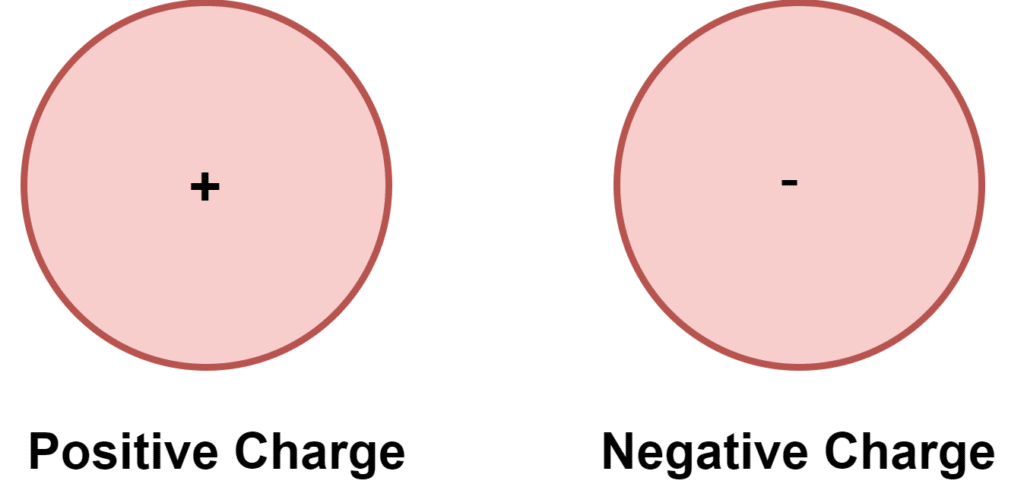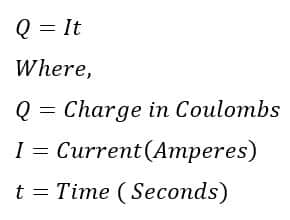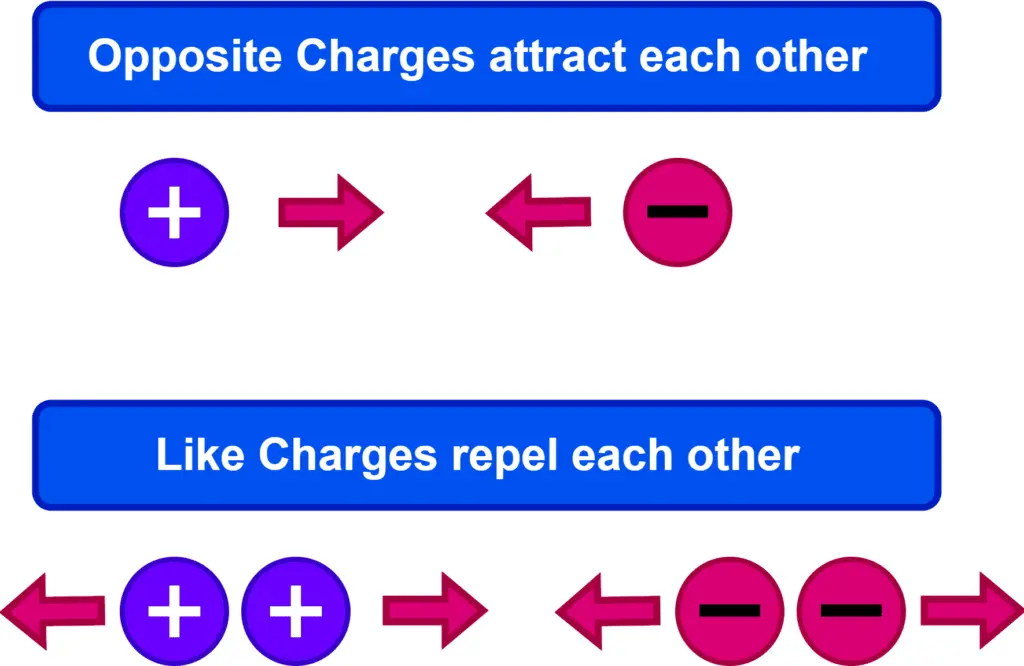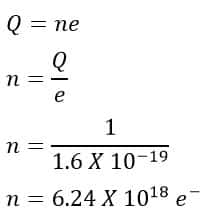This article describes the electric charge, unit of charge and types of electric charge. Electric charge is the inherent physical property of matter. The matter experiences a force on keeping in an electric or magnetic field.
An electric charge produces an electric field. When the charge starts moving, it generates a magnetic field. When we combine both electrical and magnetic fields, it begets the electromagnetic field. In this article, we will know more about electric charges, types of electric charges, and properties of electric charges.
What is Electric Charge?
The electric charge is the subatomic property of all matter or particles. The particle experiences a force when we keep it in an electric field. We denote the electric charge by “Q” or “q” and it is measured in coulomb. In a nutshell, we can say that electric charge is the inherent property of matter that shows electrical behavior.
Types of Electric Charges
There are two types of electric charges, positive charge, and negative charge. The positive charge and negative charge are carried by protons and electrons respectively. Thus, the proton has a positive charge, the electron has a negative charge and, the neutron has zero charges.
The magnitude of the charge of a proton or electron is the same and is equal to 1.6×10-19 Coulombs.

When a matter has more electrons than protons, it has a negative charge. And, when matter has more protons than electrons, it has a positive charge.
When the number of negative and positive charges in a matter is equal, the negative and positive charges cancel out and the matter is electrically neutral.
Electric Charge is a Scalar Quantity
A quantity is said to be a vector quantity if it has both magnitude and direction. The vector quantity follows the laws of vector addition, such as the triangle law of vector addition and the parallelogram law of vector addition. The flow of electric current happens because of electric charges. When the two or three currents meet at a junction, then the total current is the algebraic sum of currents. Thus, the charge is a scalar quantity and not a vector quantity.
Measurement of Electric Charge
The unit of electric charge is the coulomb. Coulomb shows the rate of charge transfer. One coulomb is equal to the rate of the number of charges transferred in one second.

Important Properties Electric Charge
We will discuss the three important properties of electric charge. They are
- Attraction and Repulsion between Electric Charges
- Quantization of electric charge
- Quantization of electric charge
1. Attraction and Repulsion between Electric Charges
The like charges repel each other, on the other hand, the unlike charges attract each other.

The magnitude of attraction and repulsion force can be calculated using Coulomb’s law of electrostatics.
2. Quantization of electric charge
According to charge quantization theory, a charged particle has a charge equal to an integral number of e(charge of one electron), i.e., Q= ne, where n=1, 2, 3,….. . As a result, the charge exists in the whole number 1,2, 3,4 of e charge, and it can not exist in ½ C, 3/2 C, etc.
In 1 coulomb of charge, the number of electrons (n) is

3. Conservation of Charge
The charge can not be created nor it can be destroyed. The charges in a system remain constant. The algebraic sum of the charges in a system remains constant.